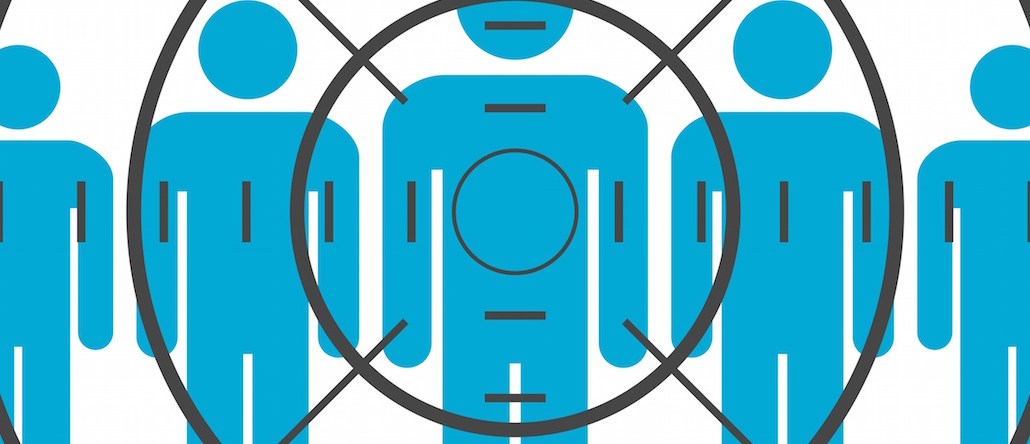Save 50% on a 3-month Digiday+ membership. Ends Dec 5.

For years, marketers have dreamed of the day when they can communicate one-on-one with people on the internet. A growing number of publishers are sharing those dreams too, and they are investing heavily in making that happen.
At the 2016 Media Technology Summit held on Oct. 6, publishers and marketers discussed how they can now tailor the messages, offers and content they serve to audiences, no matter which device they’re on.
The idea of customizing one’s site based on who has visited it isn’t new. But technological and cultural challenges have stood in the way, particularly for publishers, who have to balance the integrity of their editorial brands with bottom-line worries. Despite that, publishers are getting more serious than ever about customization to keep audiences on their owned and operated sites, partly because it will help them capitalize on trends rolling through the industry. Here’s what’s driving them to explore customization.
Increased spending on branded content
With more money going to branded and native content, publishers have to figure out how to ensure that their audiences actually look at them. Publishers can meet advertiser view goals by buying traffic, but that gets expensive.
That leads to companies like Iris TV and the AOL-owned Gravity, which tailor the queues of videos shown to users based on data that publishers have about their viewers. Iris helps increase time spent on site and the number of ads a publisher can serve. But they also increase the likelihood that a relevant audience will watch the videos publishers like Time, an Iris client, make for brands.
More tightly integrated reader data
While some publishers have been personalizing articles to visitors based on what they read, it’s now becoming possible to personalize the content they see based on other factors, across devices.
The Atlantic, for example, targets readers with messages based on everything from what its readers consume to the status of their subscriptions. “We can acknowledge the relationships and make them as good as possible,” said Betsy Ebersole Cole, the executive director of digital product and technology at The Atlantic.
Ad position: web_incontent_pos1
Being able to message a publisher’s audience across devices is important for publishers that want to sell readers magazine subscriptions, event tickets or merchandise. “I don’t want to show you a renewal ad until it’s time for you to renew,” Cole said.
Machine learning has improved
Publishers have known for years that certain people respond better to some headlines than others, A/B testing the headlines to ensure a maximum number of clicks. But improvements to machine learning and more audience segmentation could mean the content itself starts to look, or read, differently, depending on who’s looking at it. Textlab, an Israeli startup, takes these things one step further, actually tailoring the headlines on publishers’ sites depending on who’s looking at them, using different word choices or punctuation.
For now, Textlab is focused on Israeli publishers, but it might not be long before English-language publishers start investigating it.
More in Media

Digiday+ Research Subscription Index 2025: Subscription strategies from Bloomberg, The New York Times, Vox and others
Digiday’s third annual Subscription Index examines and measures publishers’ subscription strategies to identify common approaches and key tactics among Bloomberg, The New York Times, Vox and others.

From lawsuits to lobbying: How publishers are fighting AI
We may be closing out 2025, but publishers aren’t retreating from the battle of AI search — some are escalating it, and they expect the fight to stretch deep into 2026.

Media Briefing: Publishers turn to vertical video to compete with creators and grow ad revenue in 2026
Publishers add vertical video feeds to their sites to boost engagement, attract video ad spend and compete with news creators.
Ad position: web_bfu





